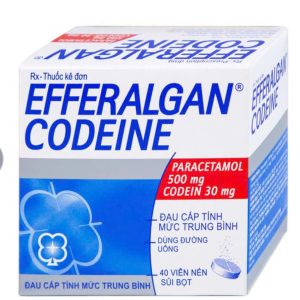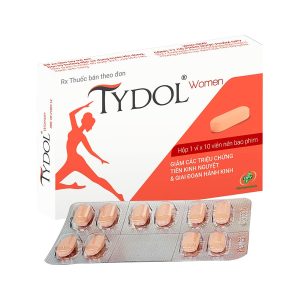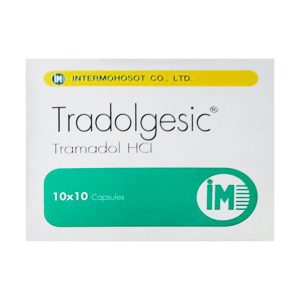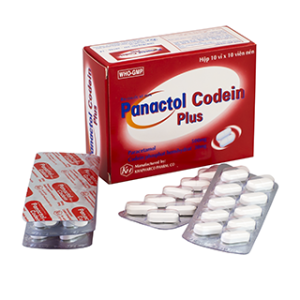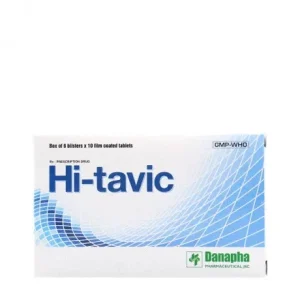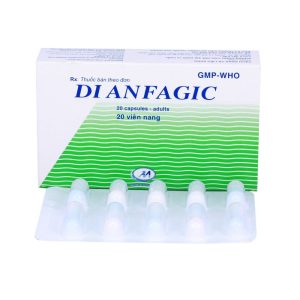We deliver to you every day from 7:00 to 23:00
The best discounts this week
Every week you can find the best discounts here.
Pain Relief Cream: Your Ultimate Guide to Effective Pain Management
Pain can come in many forms, whether it’s from an injury, arthritis, or everyday muscle tension. When dealing with localized pain, pain relief creams offer a convenient and effective solution to manage discomfort without the need for oral medications. These creams are designed to target pain directly at the source, providing quick relief for various types of aches and pains. In this guide, we will explore the types, benefits, usage, and top choices of pain relief creams to help you make an informed decision for your pain management needs.
.png)
What Are Pain Relief Creams?
Pain relief creams are topical medications that are applied directly to the skin to relieve pain in muscles, joints, or soft tissues. These creams often contain active ingredients like menthol, camphor, capsaicin, or lidocaine, which work by numbing the pain area, soothing inflammation, or stimulating blood flow to help reduce discomfort. Unlike oral pain relievers, pain creams work locally, offering faster relief without the systemic side effects that can occur with pills.
Types of Pain Relief Creams
There are several different types of pain relief creams, each with its own mechanism of action. Here’s a breakdown of the most commonly used types:
1. Cooling Pain Relief Creams
Cooling creams, such as those containing menthol or camphor, provide a cooling sensation when applied to the skin. This cooling effect helps to soothe and reduce inflammation, offering quick relief for sore muscles or joint pain.
-
Example: Aspercreme (contains lidocaine) for numbing pain.
-
Benefits: Fast-acting, soothing, ideal for muscle strains and mild arthritis.
2. Heating Pain Relief Creams
Heating creams typically contain capsaicin or methyl salicylate, which create a warming sensation. These creams help improve circulation to the affected area, relieving pain by relaxing tight muscles and reducing inflammation.
-
Example: Icy Hot or Biofreeze (known for its combination of menthol and camphor).
-
Benefits: Warmth penetrates deeply into muscles, making them ideal for chronic conditions like arthritis.
3. Numbing Pain Relief Creams
Lidocaine-based creams are numbing agents that help block pain signals in the nerves, offering temporary relief from pain and irritation.
-
Example: Neosporin Pain Relief Ointment (contains lidocaine).
-
Benefits: Effective for targeted pain relief, especially for nerve pain or localized injuries.
Benefits of Pain Relief Creams
There are numerous benefits to using pain relief creams as part of your pain management plan:
-
Localized Relief: Pain creams target specific areas of the body, allowing for targeted pain relief without affecting the rest of the body.
-
Quick Acting: Unlike oral medications that must be digested first, topical creams are absorbed quickly, providing faster relief.
-
Non-invasive: Using a cream can be less intrusive than other forms of pain management like injections or oral medication.
-
Minimal Side Effects: Since pain relief creams are applied externally, they tend to have fewer side effects compared to oral medications, especially for those sensitive to drugs like NSAIDs or opioids.
%20(1).png)
How to Use Pain Relief Creams Effectively
Using pain relief creams correctly ensures you get the best results. Follow these guidelines for safe and effective use:
-
Clean the Area: Wash the area where you will apply the cream with soap and water to ensure it’s free of dirt and oils.
-
Apply a Thin Layer: Use a small amount of cream and gently rub it into the affected area. Avoid using too much, as it can irritate the skin.
-
Avoid Sensitive Areas: Do not apply the cream to broken skin, near your eyes, or mucous membranes (such as your mouth or nose).
-
Wash Your Hands: After applying the cream, wash your hands thoroughly, unless you’re treating your hands.
-
Frequency: Apply the cream as directed on the label, typically 3-4 times a day.
Best Pain Relief Creams for Different Conditions
Choosing the right pain relief cream depends on the type of pain you are experiencing. Here are some of the best options for different conditions:
1. For Muscle Pain and Strains
If you have sore or strained muscles, a cooling or heating cream can provide quick relief. Menthol-based creams are often ideal for muscle pain due to their soothing properties.
-
Recommended: Biofreeze or Icy Hot for muscle aches and pains.
-
Why: These creams help relax muscles and reduce inflammation, providing fast relief.
2. For Arthritis Pain
Chronic conditions like arthritis require a pain relief cream that can reduce inflammation and provide long-lasting relief.
-
Recommended: Aspercreme or Tiger Balm for joint pain and stiffness.
-
Why: These products contain ingredients like menthol and camphor that help soothe joint pain and improve mobility.
3. For Nerve Pain
Nerve pain, such as that from sciatica or post-surgical pain, often requires a numbing agent to block pain signals. Lidocaine-based creams are effective in these cases.
-
Recommended: Neosporin Pain Relief Ointment (lidocaine-based).
-
Why: Lidocaine works to numb the area and reduce nerve-related pain.

Common Side Effects of Pain Relief Creams
While pain relief creams are generally safe, they can cause side effects in some cases. Common side effects include:
-
Skin Irritation: Redness, itching, or a rash at the application site.
-
Burning Sensation: Some creams, especially those with capsaicin or menthol, can cause a mild burning or stinging feeling.
-
Allergic Reactions: Though rare, some people may be allergic to certain ingredients like camphor, menthol, or lidocaine.
If you experience any severe irritation or allergic reactions, discontinue use and consult a healthcare provider.
FAQs About Pain Relief Creams
1. Can pain relief creams be used for headaches?
Some pain relief creams, like those with menthol, can be applied to the temples or neck to provide relief from tension headaches. However, they may not be as effective for migraines, which often require a different approach.
2. How long does it take for pain relief cream to work?
Most pain relief creams provide relief within 15-30 minutes of application. The effect may last for several hours, depending on the product.
3. Are pain relief creams safe for long-term use?
It’s generally safe to use pain relief creams regularly, but it’s important to follow the instructions. If you find that you need to use the cream daily for an extended period, it’s best to consult with your healthcare provider.
4. Can I use pain relief creams with other medications?
In most cases, yes, but you should check with your doctor if you’re using other medications, particularly if you’re on oral pain relievers, anti-inflammatory drugs, or blood thinners, to avoid any potential interactions.
5. Are there any natural alternatives to pain relief creams?
Yes, essential oils like peppermint and eucalyptus oil have natural pain-relieving properties. Some people also find relief from turmeric or ginger creams.
Conclusion
Pain relief creams provide an effective and targeted approach to managing pain without the need for oral medications. Whether you’re dealing with muscle strains, arthritis, or nerve pain, there’s a cream that can help soothe your discomfort. By choosing the right product and following proper application techniques, you can experience fast, effective relief and get back to your daily activities.
Remember, always consult with your doctor if you have concerns about your pain or if you’re using multiple medications.

